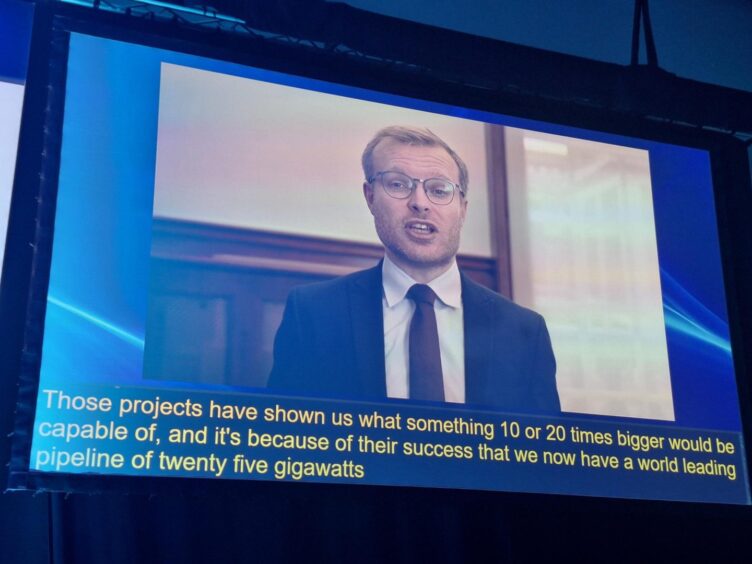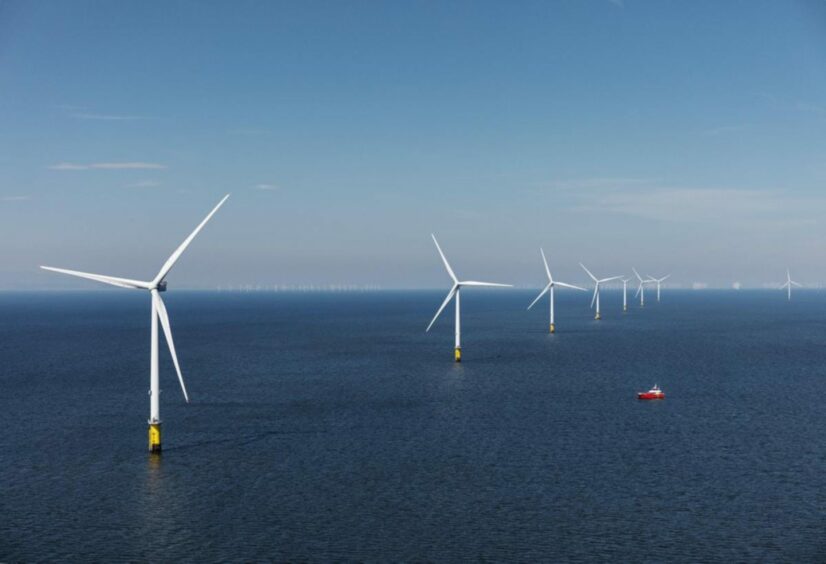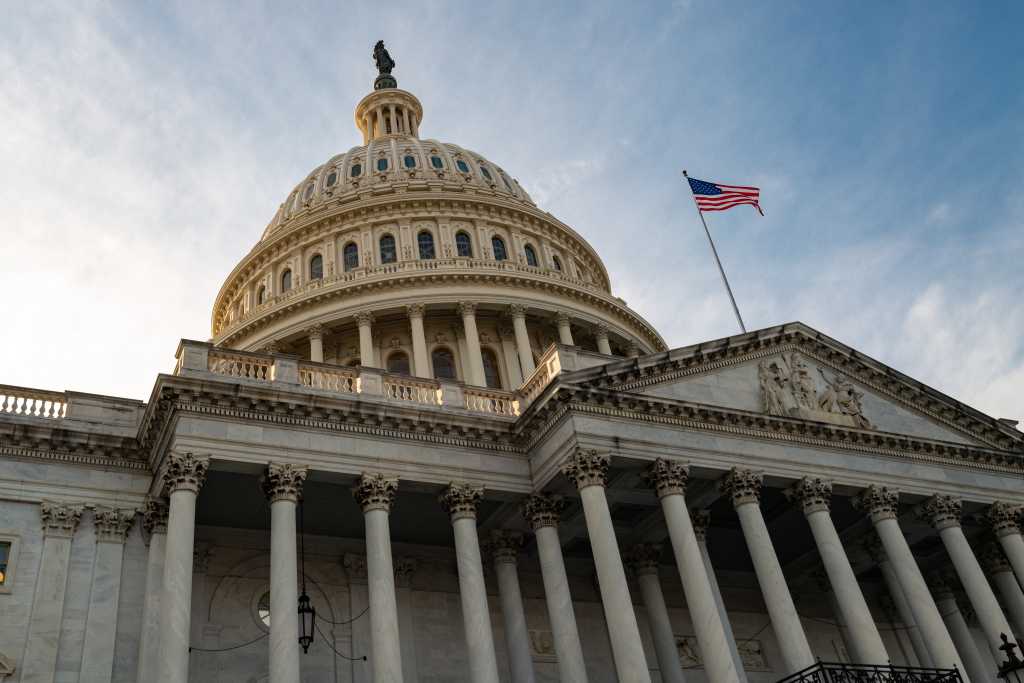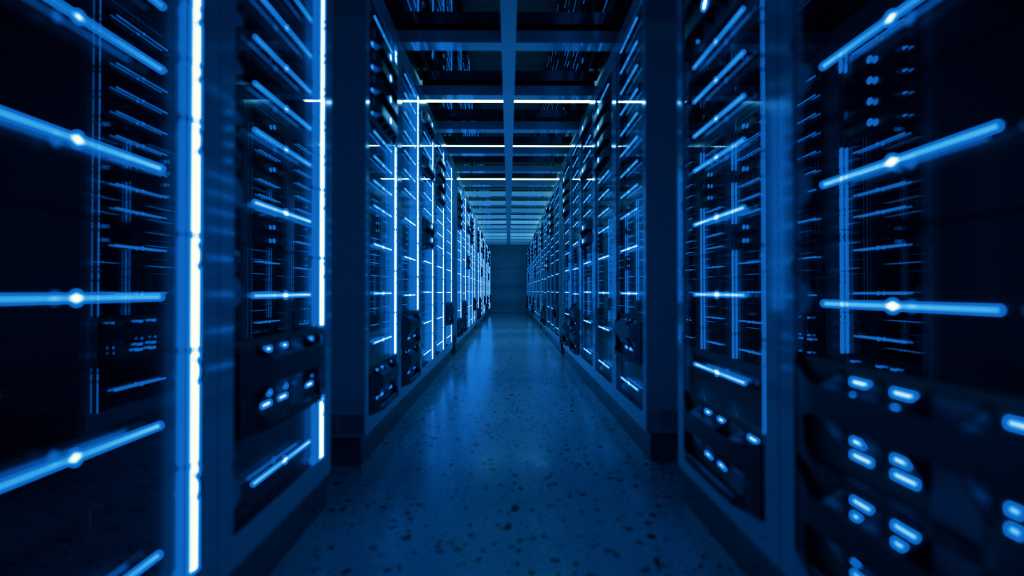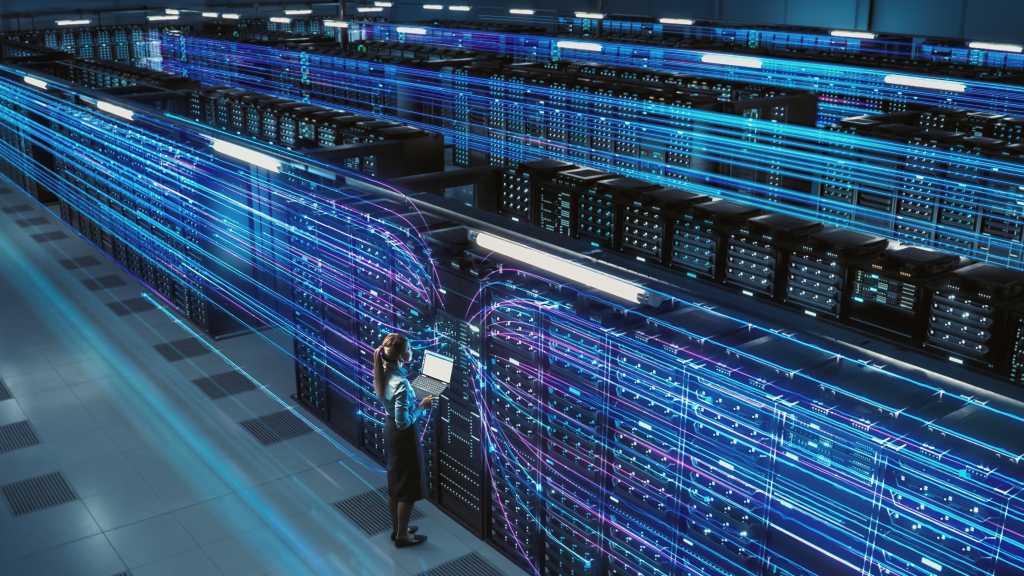
The European Union is willing to work with the Trump administration on a deal that would lower tariffs for industrial goods and boost purchases of American exports like natural gas and soybeans, the bloc’s trade chief said.
Europe is ready to look at lowering its taxes on US imports including autos, Maros Sefcovic, the EU commissioner for trade, told reporters in Washington on Thursday. Sefcovic, who held talks the day before with President Donald Trump’s trade team, said the car industry featured “to quite an extent” in the discussions.
Trump has floated higher auto tariffs and demanded that the EU reduce its charges on American cars, which are currently at 10% compared with 2.5% in the US. He’s also set to impose 25% tariffs on steel and aluminum from March 12, ahead of other possible charges including reciprocal tariffs based on policies of partners that are seen as obstacles to US trade. Trump has cited the EU’s value-added tax as the kind of measure he’s looking to respond to.
The EU trade chief said talks with the US at this stage are aimed at finding common ground and building momentum. He said the EU is ready to look at reducing its duties on imported industrial goods, adding that reciprocal tariffs must be made to work for both sides and that the US and Europe have exchanged lists of trade grievances.
“We would be ready to look how we can lower the import duties for all industrial products because this is what will lead to the benefit of businesses and people on both sides of the Atlantic,” Sefcovic said.
He said there’s room for the US and EU to work together and counter global over-capacity in industries such as steel, where both sides see Chinese output as a key problem. “My plea here was, let’s not target each other’s steel and aluminum sectors,” he said.
Sefcovic said Europe needs more energy supplies as it phases out Russian gas, and is a major partner for American liquified natural gas exporters. He said soybean purchases from the US are another area for potential cooperation.
Stepped-up European buying of soybeans and LNG were features of the agreement that the EU reached with the US during Trump’s first administration in 2018.
WHAT DO YOU THINK?
Generated by readers, the comments included herein do not reflect the views and opinions of Rigzone. All comments are subject to editorial review. Off-topic, inappropriate or insulting comments will be removed.
MORE FROM THIS AUTHOR
Bloomberg








